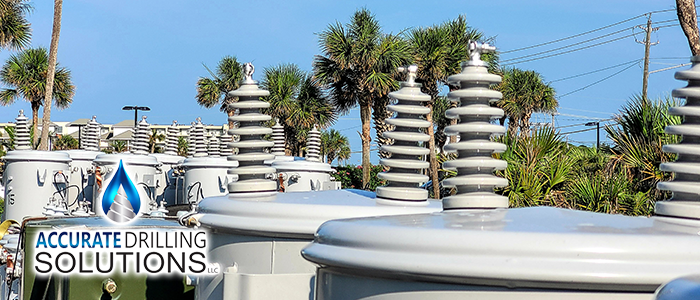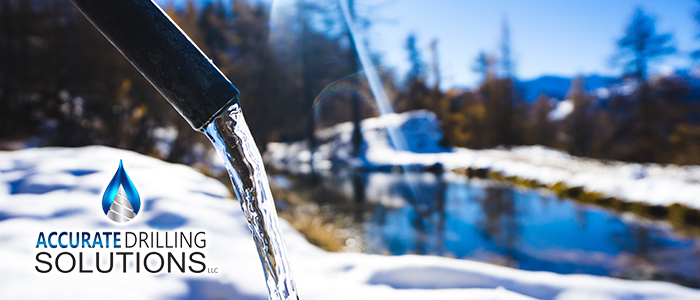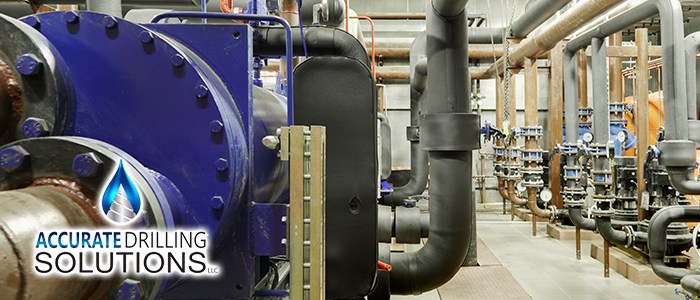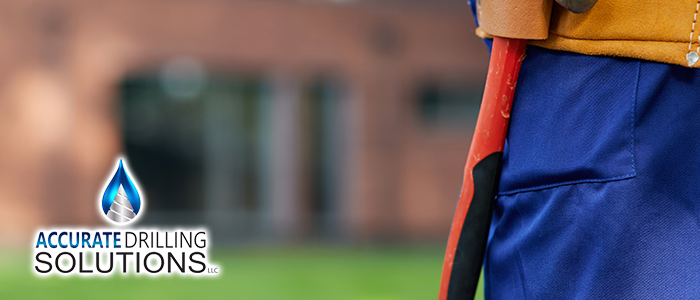
Palmetto Business Owners’ Guide to Well System Efficiency
For businesses in Palmetto and St. Petersburg that rely on private wells for irrigation, processing, cooling, or other operational needs, the efficiency of that well system directly impacts the bottom line. An inefficient system wastes energy, increases operational costs, and may suffer from reduced reliability. This Palmetto Business Owners’ Guide to Well System Efficiency explores practical strategies and technologies to optimize well system performance, reduce expenses, and ensure a sustainable water supply.
Optimizing efficiency isn’t just about saving money on electricity bills; it’s also about extending equipment life, reducing maintenance needs, and potentially conserving water resources. In competitive markets like Palmetto and St. Petersburg, every operational advantage counts.
Understanding the Cost of Inefficiency
Inefficient well systems incur costs in several ways:
- Excess Energy Consumption: Pumps running unnecessarily, operating outside their best efficiency point (BEP), or controlled by outdated methods consume significantly more electricity. Energy is often the largest ongoing cost associated with operating a commercial well system.
- Increased Maintenance and Repairs: Systems operating inefficiently often experience more wear and tear. For example, pumps constantly cycling or running dry, or motors stressed by hard starts, will fail sooner, leading to costly repairs and downtime.
- Water Waste: Leaks in the distribution system or inefficient irrigation heads supplied by the well pump lead to wasted water and unnecessary pump operation.
- Reduced Productivity: Inconsistent pressure or flow caused by an inefficient system can negatively impact processes that rely on water, potentially slowing production or affecting quality.
- Premature Equipment Replacement: Components stressed by inefficient operation will need replacement more frequently, incurring significant capital costs.
Recognizing these hidden costs motivates the investment in efficiency improvements.
System Audits: The First Step to Optimization
Before implementing changes, a thorough assessment or audit of the existing well system is crucial. This involves more than just a visual inspection. A professional system audit, like those offered by Accurate Drilling Solutions, typically includes:
Performance Testing: Measuring actual flow rate, pressure (both suction and discharge), water level drawdown in the well, and pump motor power consumption (amps and voltage). This data is compared to the original pump curve and design specifications.
Efficiency Calculation: Determining the overall system efficiency (wire-to-water efficiency), which accounts for motor, pump, and potential VFD efficiency.
Component Inspection: Checking the condition of the pump, motor, controls, pressure tank (if applicable), valves, and piping.
Control Strategy Review: Analyzing how the pump is controlled (e.g., simple pressure switch, VFD, timers) and whether it’s optimal for the application’s demand profile.
Leak Detection: Assessing the distribution system for potential leaks downstream of the pump.
An audit identifies specific areas of inefficiency and provides data to justify potential upgrades.
Optimizing Pump Selection and Operation
The pump itself is central to system efficiency. Operating a pump far from its Best Efficiency Point (BEP) – the point on its performance curve where it operates most efficiently – wastes significant energy. This can happen if the pump was initially oversized, or if system conditions (like water levels or demand) have changed over time.
If an audit reveals the pump is poorly matched to the actual operating conditions, replacement with a right-sized, high-efficiency pump may be warranted. Modern pumps often have improved hydraulic designs offering higher efficiencies than older models. Additionally, ensuring the pump intake is properly submerged but not too deep (to avoid excessive lift) is important for both efficiency and longevity.
The Power of Variable Frequency Drives (VFDs)
For commercial well systems with variable water demands (common in irrigation, building water supply, and many industrial processes), installing a Variable Frequency Drive (VFD) is often the single most impactful efficiency upgrade. As discussed previously, VFDs adjust pump speed to match demand precisely.
Instead of a pump running at full speed and potentially throttling flow with a valve (highly inefficient), a VFD slows the pump down during periods of lower demand. According to the Pump Affinity Laws, power consumption is related to the cube of the speed reduction – meaning even a small reduction in speed yields significant energy savings. The benefits – energy savings, constant pressure, soft starting, extended equipment life – make VFDs a compelling investment for many Palmetto businesses looking to improve their Palmetto Business Owners’ Guide to Well System Efficiency score. The Hydraulic Institute provides resources on pump system optimization and VFD benefits.
Upgrading Controls and Monitoring
Beyond VFDs, optimizing the control strategy can yield savings. Replacing outdated mechanical pressure switches with more accurate electronic pressure transducers can improve pressure control and reduce unnecessary pump cycling. Utilizing timers or advanced controllers linked to process needs or irrigation schedules ensures pumps run only when needed.
Implementing monitoring systems that track energy usage, water flow, and pressure can provide ongoing insights into system performance. This data helps identify developing problems early and confirms the effectiveness of efficiency upgrades. Some systems allow remote monitoring, providing convenience and faster response to alerts.
Maintenance for Sustained Efficiency
Efficiency is not a one-time fix; it requires ongoing maintenance. Regular maintenance ensures the system continues to operate at peak performance:
Well Maintenance: Periodic well cleaning or rehabilitation can improve water flow into the well, reducing drawdown and the energy required to lift the water.
Pump Inspection: Regularly check pump performance, listen for unusual noises (indicating bearing or cavitation issues), and check seals.
Motor Maintenance: Ensure proper ventilation, check electrical connections, and follow lubrication schedules (if applicable).
Control Calibration: Periodically verify the accuracy of pressure sensors and VFD settings.
Leak Repair: Regularly inspect and promptly repair any leaks in the distribution piping, valves, or fixtures.
Accurate Drilling Solutions offers tailored Maintenance Agreements for businesses in Palmetto and St. Petersburg, helping to sustain system efficiency over the long term.
Water Conservation Measures
Reducing overall water demand also improves system efficiency by reducing pump runtime. Businesses should consider water conservation measures relevant to their operations:
Irrigation: Use water-efficient sprinkler heads, drip irrigation, smart controllers that adjust for weather, and conduct regular irrigation audits.
Process Water: Implement water recycling or reuse systems where feasible.
Cooling Towers: Optimize cycles of concentration and minimize blowdown.
Domestic Use: Install low-flow fixtures in restrooms and kitchens.
Reducing demand lowers energy costs and reduces strain on the well and aquifer.
Conclusion: Boosting Your Bottom Line in Palmetto
Optimizing well system efficiency offers significant benefits for businesses in Palmetto and St. Petersburg, including lower energy costs, reduced maintenance expenses, extended equipment life, and improved operational reliability. By conducting system audits, ensuring proper pump selection and operation, leveraging technologies like VFDs, upgrading controls, performing regular maintenance, and implementing water conservation measures, businesses can significantly enhance their system’s performance. This Palmetto Business Owners’ Guide to Well System Efficiency provides a roadmap for achieving these improvements.
To assess your current system’s efficiency and explore opportunities for optimization, partner with the experts at Accurate Drilling Solutions. We provide comprehensive system audits, VFD installations, pump services, and maintenance programs designed to maximize efficiency and savings. Visit Accurate Drilling Solutions today to learn more.
continue reading
Related Posts
Englewood’s Winter Well Maintenance Checklist While Englewood and nearby Sarasota
Largo Businesses: Maximizing Your Pump System Performance For businesses operating
Well Maintenance Tips for Bartow Property Owners For property owners






